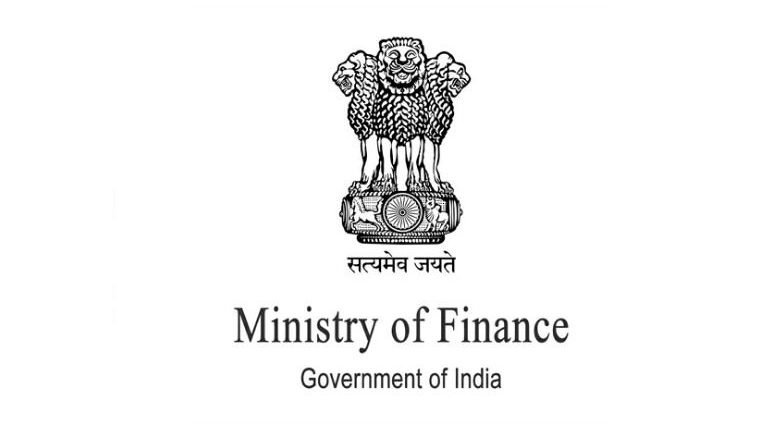The first task after the new finance minister takes charge is to push the economic activities of the country. The push seems inevitable based on a growth rate of a sub-7%. The actual numbers will be released by the Central Statistics Office (CSO) shortly.
The first concern in the way of improving the economy is to find resources for investing in infrastructure, injecting fresh capital in banks, and supporting non-banking financial companies (NBFC) that are liquidity deficient in the expected budget.
The Union Finance Ministry has started the discussion on the budget. The key line of the discussion is to create fiscal space for capital investment of about Rs.25 Lakh Crore per year in the infrastructure sector.
Similarly, the government has acknowledged that the crisis faced by NBFC need immediate fixing. If the sector is unattended, the liquidity scenario may worsen, leading to many such companies virtually stopping the disbursal of new loans. The government has also planned to work on a new industrial policy that focuses on technology and Micro, Small, and Medium Enterprises (MSME) sector.
When it comes to the re-drafting of the Income Tax Act, the task force has received a 2-month extension until July 31. Major reform in the direct tax regime is not expected this year. However, minor tax reliefs are still possible. Direct tax may be lowered considering the shortfall that happened in 2018-19.
Also Read: Trump ends GSP trade privileges for India
On the Goods and Services Tax (GST) front, there is a low probability of any tweaks to the budget target even though the targets look unachievable. According to the interim budget presented in February 2019-20, a growth of 15% indirect tax revenues amounting to Rs.13.80 Lakh Crore and 11.8% in indirect tax amounting to Rs.11.66 Lakh Crore is expected.
The situation of financial entities, such as NBFCs, mutual funds, corporate-focused lenders has worsened once the IL&FS group started defaulting on an aggregate loan of Rs.90,000 Crore. The debt papers issued by NBFCs started downgrading, and their ability to raise funds for business investment also lowered. Both the government and RBI need to pay attention to the matter.
A report on the issue of determining appropriate capital reserves for the RBI will be submitted soon. Bimal Jalan, former RBI Governor, is leading the committee for the report submission. Merrill Lynch of Bank of America has estimated that the Jalan committee may identify an excess buffer of up to Rs.3 Lakh Crore from contingency reserves and revaluation reserves. The decision on using the surplus funds from the previous years can be utilised to capitalise banks will be made during the panel meeting on June 13.
Quick action on the policy changes is expected, resulting in faster growth. The economy is ready to pick up pace in the current year as rural development, higher exports, and infrastructure expenditure are a few expectations.




